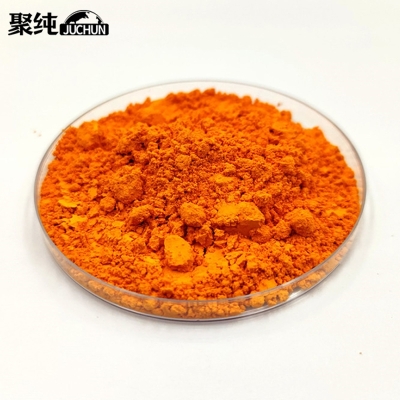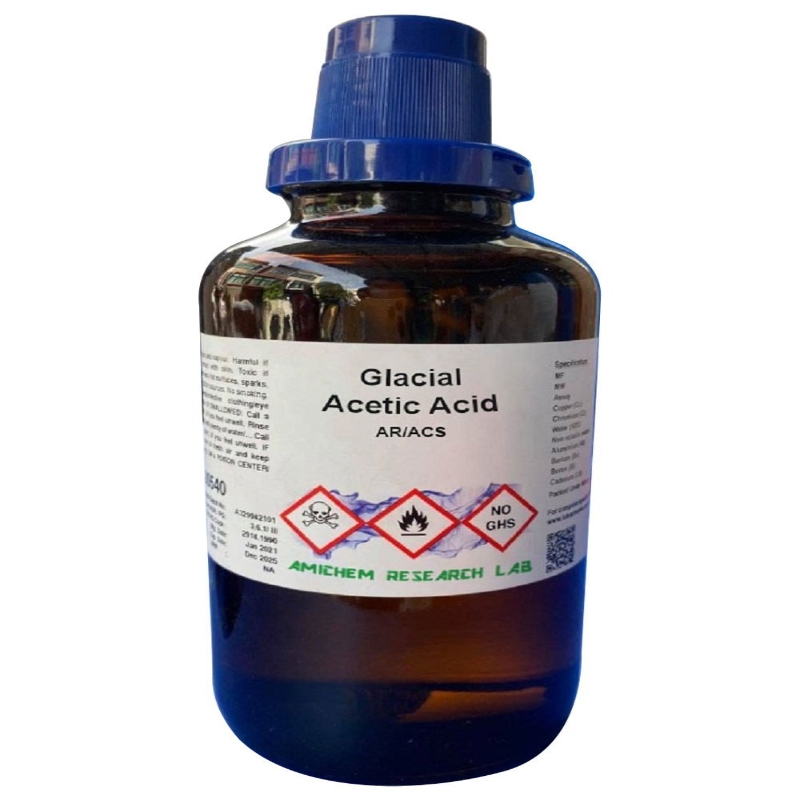-
Categories
-
Pharmaceutical Intermediates
-
Active Pharmaceutical Ingredients
-
Food Additives
- Industrial Coatings
- Agrochemicals
- Dyes and Pigments
- Surfactant
- Flavors and Fragrances
- Chemical Reagents
- Catalyst and Auxiliary
- Natural Products
- Inorganic Chemistry
-
Organic Chemistry
-
Biochemical Engineering
- Analytical Chemistry
- Cosmetic Ingredient
-
Pharmaceutical Intermediates
Promotion
ECHEMI Mall
Wholesale
Weekly Price
Exhibition
News
-
Trade Service
Sensitivity testing is essential for accurate identification of individuals infected with severe acute respiratory syndrome coronavirus (SARS-CoV-2).
the authors report a multi-analysis method that can be detected from less than 1 μl of blood.
method uses dye-coded antigen packet beads to quantify the levels of immunoglobulin G (IgG), IgM, and IGA antibodies for four SARS-CoV-2 antigens.
Using samples collected during the pandemic and samples (COVID-19) trained from healthy individuals and patients with respiratory infections prior to the first coronavirus outbreak in 2019, the logistic regression model detected serum conversion with 99% accuracy in the blind verification queue.
high-flung serum analysis in patients with COVID-19 can be used to study the interactions between antibody homogeneity and viral proteins and should help us understand the heterogeneity of clinical manifestations.
: Clinical samples were taken from patients with viral respiratory symptoms at Massachusetts General Hospital.
types of test tubes are used for plasma collection.
the SARS-COV-2 infection was confirmed by the nasopharyngeal specimen (n-19 RT-PCR-negative samples and n-42 RT-PCR-positive samples of 21 individuals taken at two points in time).
plasma samples taken from healthy adults before international travel (January-December 2019) are also included in the analysis (n - 20).
the human plasma sample is thermally inactivate (56 degrees C 60 minutes) and the sample is diluted to its final dilution coefficient in a homemade sample thinner (Quanterix).
Clinical samples were taken from Brigham and Women's Hospital and accompanied by viral respiratory symptoms (n s 172 samples from 91 individuals who tested positive at different points in time, n s 100 samples from 95 negative individuals taken at different points in time).
will be SARS-2 RBD (GenBank; MN975262.1) cloned into a pVRC vector for mammalian expression (FreeStyle 293F or Expi293F suspended cells).
the build contains a human rhinovirus 3C crackable carboxyl (C)-end streptomycin binding peptide-His8x label.
is harvested on the fifth day after trans-dyeing, uploaded directly to the Cobalt-TALON resin (Takara), and then dimensionally blocked chromatography on the Superdex 200 Growth (GE Healthcare) in the phosphate buffer.
yield of 293F cells is approximately 9 μg/l-1 culture.
used Human Rhinovirus 3 C Protease (Thermo Fisher Scientific) to remove affinity labels and to re-purify proteins with Cobalt-TALON resins to remove proteases, labels and uncut proteins.
: There was a significant separation between COVID-19 patients and pre-epidemic studies.
All 12 antigen-antibody isomologic combinations showed an increase in median immunoglobulin levels throughout the disease in patients who tested positive for SARS-CoV-2 through nasopharyngeal RT-PCR but were not considered to have impaired immune function.
Some asymptomatic individuals who tested negative for SARS-CoV-2 through nasopharyngeal RT-PCR showed significantly higher anti-SARS-CoV-2 antibody signals than those before the pandemic;
Simoa Serological Analysis provides a powerful analytical tool that will facilitate understanding of SARS-CoV-2 host immunity by analyzing antibody responses throughout the infection process at high resolution.
Norman, M., Gilboa, T., Ogata, A.F. et al. Ultrasensitive high-resolution profiling of early seroconversion in patients with COVID-19. Nat Biomed Eng (2020). MedSci Original Source: MedSci Original Copyright Notice: All text, images and audio and video materials on this website that indicate "Source: Mets Medicine" or "Source: MedSci Originals" are owned by Mets Medicine and are not authorized to be reproduced by any media, website or individual, and are authorized to be reproduced with the words "Source: Mets Medicine".
all reprinted articles on this website are for the purpose of transmitting more information and clearly indicate the source and author, and media or individuals who do not wish to be reproduced may contact us and we will delete them immediately.
reproduce content at the same time does not represent the position of this site.
leave a message here.







